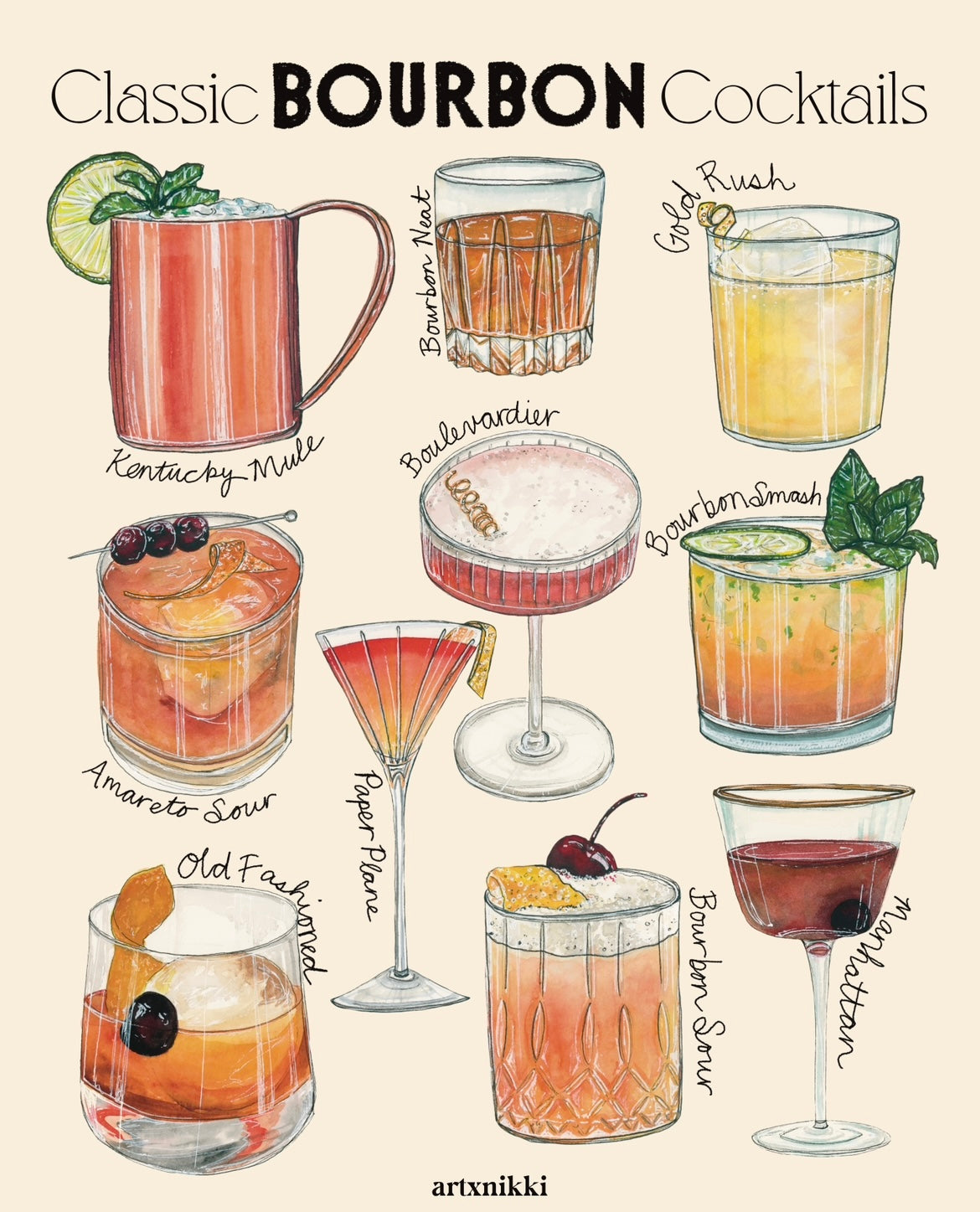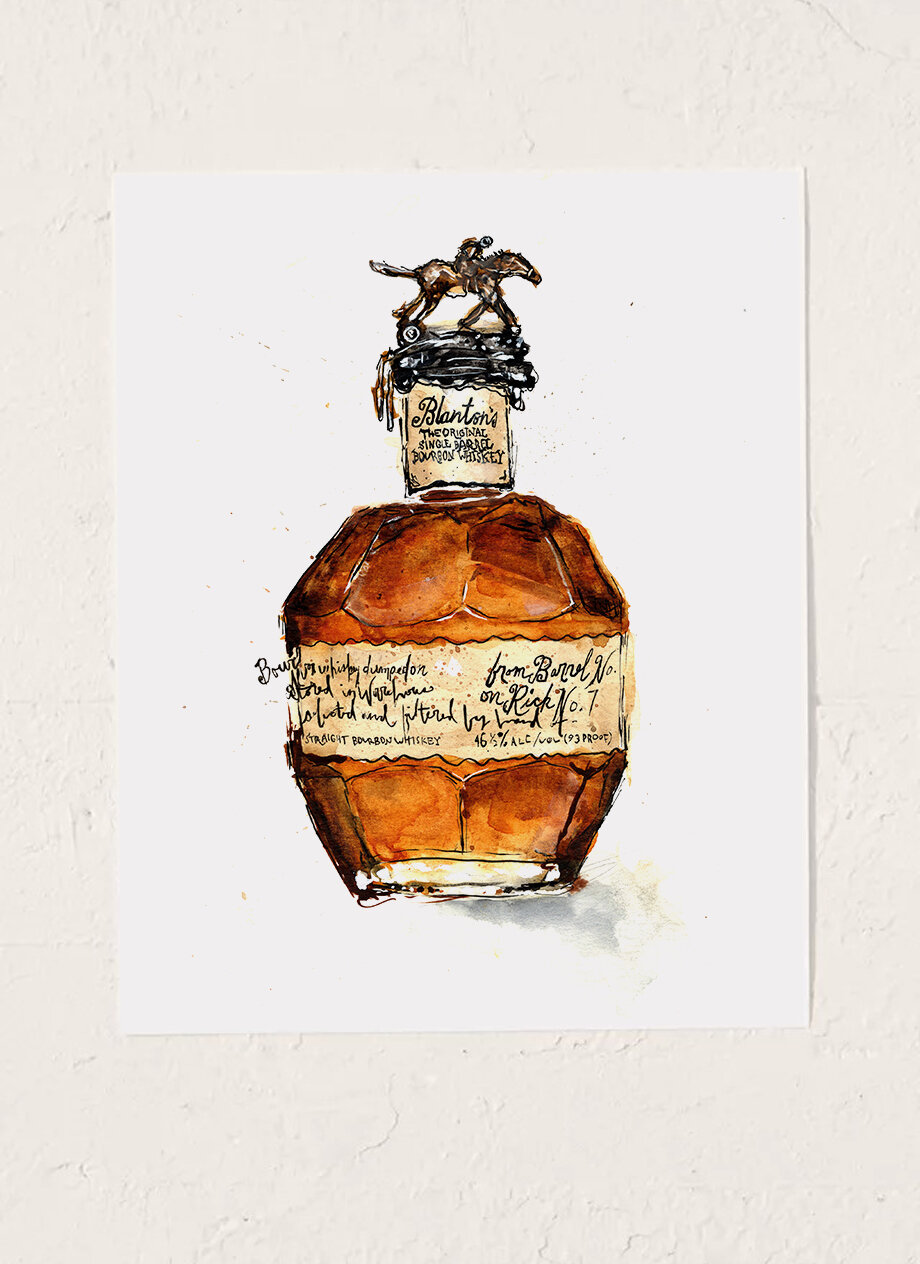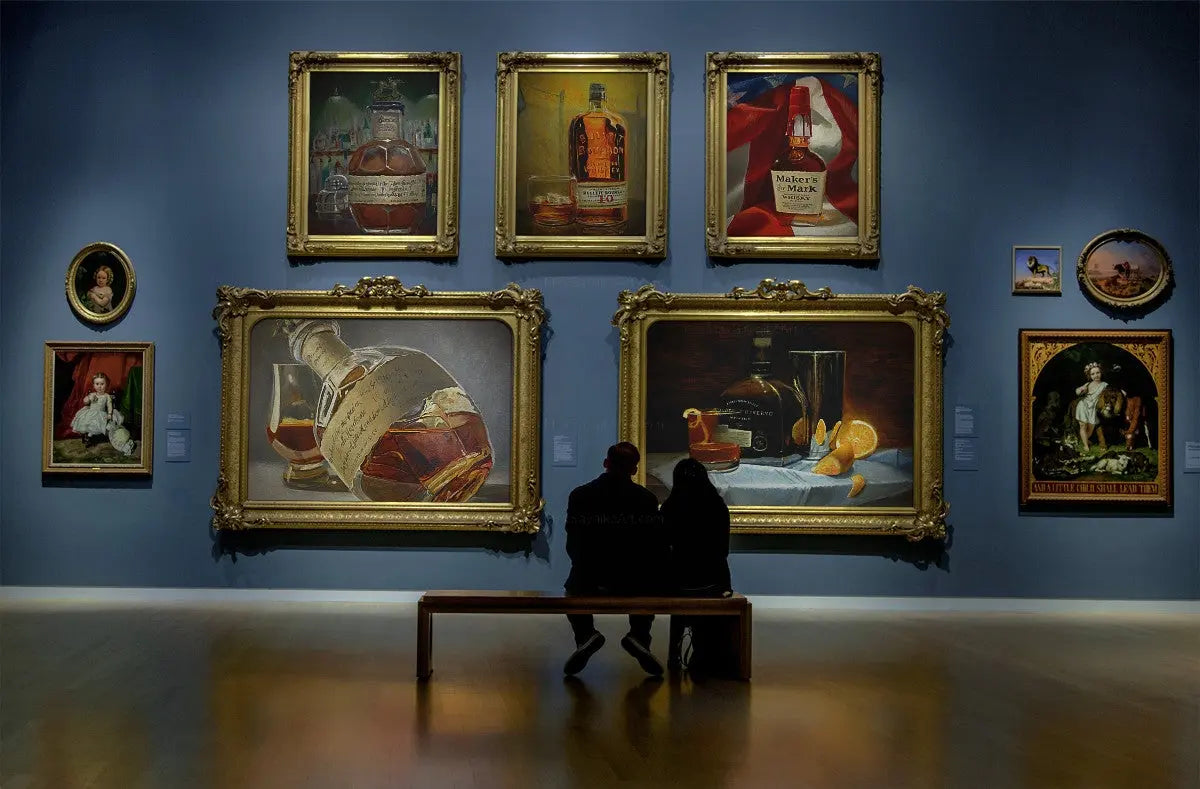Limited Edition Bourbon Art: Why Collectors Are Gathering to Distinct Finds
The Importance of Whiskey Art in Celebrating Heritage and Craftsmanship in the Beverage Sector
The intricate partnership between scotch art and the party of heritage and craftsmanship within the beverage market can not be overemphasized. Via thoughtfully created tags and bottles, scotch brands envelop their historic origins and the artisanal abilities that specify their production methods. This creative dimension not just enhances market allure but additionally functions as an avenue for social storytelling, cultivating a deeper link between the craft and the consumer. As we explore the various elements of this subject, fascinating inquiries concerning the impact of modern trends on standard methods develop, prompting more assessment.
The Historic Roots of Whiskey
At the heart of scotch's allure lies an abundant tapestry of historical origins that trace back to old worlds. The beginnings of bourbon can be linked to the purification practices of the Sumerians and Babylonians around 2000 BCE, where very early forms of fermented grain beverages began to emerge. It was in the Center Ages that the art of purification evolved substantially, specifically in Ireland and Scotland, leading to the development of bourbon as we recognize it today.
The term "scotch" itself acquires from the Gaelic word "uisce beatha," indicating "water of life." This phrase emphasizes the social value of bourbon in Celtic societies, where it was commonly related to routines, parties, and public bonding. By the 15th century, distillation became an identified craft within reclusive communities, leading the means for the establishment of lawful distilleries.
As profession paths expanded, whiskey's popularity expanded, going beyond local boundaries and capturing the interest of connoisseurs worldwide. Limited Edition. This historical trip reflects not just the workmanship behind scotch manufacturing yet additionally its integral function in social and cultural contexts, noting it as a substantial beverage throughout history
Artistic Expression in Branding
Scotch branding stands as an engaging intersection of artistry and business, where aesthetic identification plays a crucial duty in shaping consumer perception. The visual appeals of scotch labels, packaging, and advertising and marketing materials show not only the brand's story however also its core worths and heritage. Via artistic expression, distilleries communicate a story that reverberates with customers, evoking emotions and sparking connections.
Making use of shade, typography, and images in branding offers to set apart items in a saturated market. Conventional themes might evoke a sense of credibility and craftsmanship, while modern-day layouts can signify innovation and forward-thinking. This tactical artistic direction boosts brand recognition and commitment, enabling customers to forge an individual relationship with the whiskey they pick.
Additionally, artistic expression in branding typically functions as a party of regional heritage. Distilleries often include local icons or historical referrals into their designs, creating a local color that welcomes consumers to participate in a wider social experience. Inevitably, the creativity behind bourbon branding not only improves aesthetic allure but likewise enhances the total narrative of the brand name, promoting a much deeper recognition for the craftsmanship and heritage embedded in each container.
Workmanship in Bottle Layout
The virtuosity evident in whiskey branding expands past visual identification to encompass the workmanship included in bottle style. Each container functions as a vessel not just for the spirit within, yet also for the story it outlines its custom, beginning, and quality. The layout process requires thorough interest to detail, as aspects such as shape, material, and closure contribute dramatically to the overall assumption of the whiskey.
Workmanship in bottle design includes selecting top notch glass that can improve the whiskey's shade and quality, while likewise offering a tactile experience for the consumer. The shape of the container have to be both cosmetically appealing and read here practical, usually reflecting the heritage of the brand name. Several distilleries opt for unique forms or embossed logos that evoke a sense of authenticity and history.
Moreover, the tag style and typography play a critical role in interacting the brand name's narrative. Whiskey Art. A well-crafted bottle not just astounds the consumer's eye but additionally strengthens the brand name's commitment to quality and tradition. This way, the workmanship of bottle layout ends up being a vital facet of the scotch experience, merging virtuosity with a profound respect for heritage
Social Significance of Whiskey Art
Celebrating tradition and craftsmanship, the social value of bourbon art goes beyond simple aesthetic appeals, intertwining with the social and historical narratives of the regions where it stems. Each bottle works as a canvas, depicting the special tales, mythology, and practices that have formed local whiskey-making techniques. The complex designs often reflect the heritage of the distillers, including signs and motifs that resonate with the society and values of their areas.

In addition, scotch art plays an essential duty in common gatherings and events, functioning as a concrete web link in between people and their shared experiences. By appreciating the creativity in whiskey product packaging, consumers cultivate a deeper understanding and regard for the craft, inevitably enriching their pleasure of the beverage itself.
Modern Trends in Scotch Presentation
In recent years, the discussion of whiskey has evolved to mirror contemporary preferences and trends while still recognizing traditional craftsmanship - Bourbon Art. Distilleries are progressively focusing on aesthetic components that boost the overall drinking experience, connecting the gap in between heritage and modernity
Ingenious container styles have arised, frequently incorporating lasting materials and creative tags that tell engaging tales. Several brands now collaborate with regional artists, instilling their items with distinct aesthetic expressions that reverberate with customers. Furthermore, limited-edition launches are often packaged in collectible containers, including worth and appeal for connoisseurs.

Conclusion
In verdict, bourbon art offers as a vital avenue for expressing the heritage and workmanship fundamental in the drink sector. With elaborate branding, cutting-edge container layouts, and culturally significant artistic components, whiskey brand names properly honor their practices and link with customers.


Workmanship in container style includes selecting top quality glass that can improve the whiskey's shade and quality, while likewise offering a responsive experience for the customer. In this method, the workmanship of container design comes to be an essential element of the whiskey experience, merging virtuosity with a profound regard for heritage.
In verdict, bourbon read art serves as a crucial conduit for expressing the heritage and workmanship inherent in the beverage market.